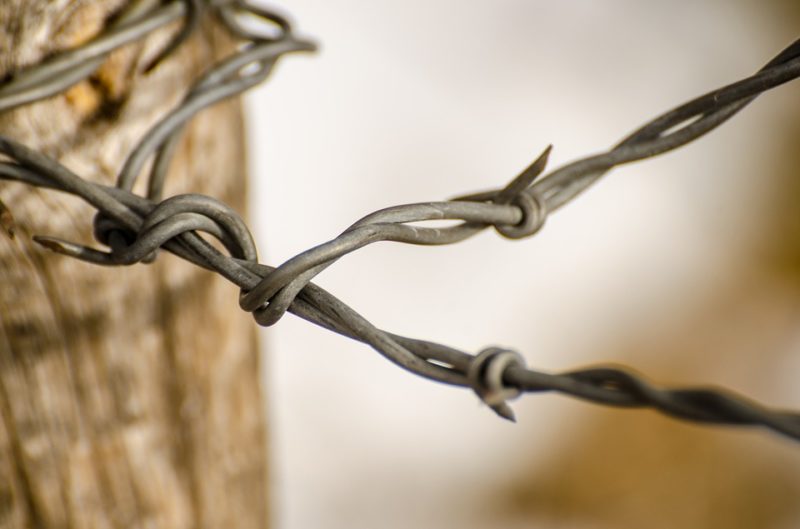Are you wondering about what gauge wire for electric dryer? The capacity of electric cables that electric transport charge is known as current carrying capacity. The tiny electric wire may transport fewer electric charges than a big wire. A. Residential circuits requiring just under 15-20 ampere of power are frequently wired with a 13 Gauge copper coil that has a length of 1.29 millimeters.
One of the most widely utilized wires for connections requiring approximately 20 amperes of power is twelve Awg shielded copper wire, which is 1.93 millimeters. If you want to dry clothes correctly, a clothing dryer’s cylinder should be chocked full of warmth.
The heating components of an electric dryer should require hundreds of volts of electric energy to provide enough warmth. The electric dryer should be connected to an electric line by a cable that is bigger in size or wider in gauge. Let’s get into the deep to learn what gauge wire is for an electric dryer.
Essential Aspects Of Wire Gauge Used In Electric Dryer
Motor and heating components take 30 amperes from the 240v circuitry when a modern electric dryer is turned on. That is, at minimum, the case for the majority of them. Most older electric dryers use 22 amperes, whereas more giant commercial dryers might use Forty amps, maybe more. A power draw is indicated on a sticker affixed to a dryer, generally located on the rear at the electrically controlled panel, where the power wire is connected.
#1. Wire gauge
The smaller gauge value indicates a more significant size wire in the AWG standard. A label on the wrapping of electric wire indicates the AWG value and the number of components contained in the wrapping, excluding the earth wire. The marking 2/12 is applied to a twelve-gauge wire having one heated and one neutral conductor. The ten-gauge wire includes two hot conductors, and neutrality, for example, is stamped 3/10.” 3 /10 cable is required for dryers pulling 30 amperes, whereas 7/3 line is needed for dryers generating Fifty amps.
#2. Dryer wire gauge is determined by current draw
The amount of amperage a dryer consumes impacts the length of the fuse box you require in the panelboard and the drier cable size, whether wiring receptacles for a dryer or splicing wires an electric dryer to the home circuit. The dryer wire gauge is Ten gauges when your dryer pulls Thirty amps, which is typical.
If your dryer uses Forty amps, you’ll have to switch to an eight cable. Remember that higher gauge numbers show narrower wires and conversely. The three wires must configure a dryer to the grid since it works on 240v electricity.
Well, two hotwires with black, and red shielding, a white neutrality cable, and a naked ground wire make up the wire. Its grounding wire isn’t regarded as conductivity at all. It’s there as a precaution. Know how to bypass a thermal fuse on an electric dryer.
#3. Is it better to ground or not to ground?
The Electrical Standard now mandates that each circuit in the home have 240v circuits be grounded, although this hasn’t always been the case. The electric companies allowed unbiased outlets and cables for electric dryers in a not past.
This explains how your previous outlet might only have 3 prongs, although the newer dryer has a 4 wire. Many companies even sell dryers without cables so that you may connect your own, so three receptacles are still fairly prevalent.
If it arrives with a cable or otherwise, there seem to be 4 terminal connections on the electric dryer. Two lines are for hot wires, one for neutrality, and the other for ground. It is possible to attach a three connection to a four dryer, but you should make a substantial change. Rather than attaching the ground wire, something you don’t have, you’ll need to link the earth and neutral ends with an electrode-connected or bonded chip. The connecting plate is occasionally included with the dryer, but it’s typically disconnected. When installing a three cable, users must link it.
A four-prong dryer output converter is the most convenient alternative whenever you need to connect your older three-dryer cable into a four-socket. You’re finished when you join the adapters into the outlet and touch the ground wire just on adapters to the metal casing of the dryers.
#4. The majority of dryer cords are 10-gauge
So, what gauge wire for electric dryer? Check out the current pull of the dryer before buying a cable and make sure it’s the correct gauge. Even though most dryer cables are Ten gauges, if you have got a large dryer, then you may require a heavier-duty cable with eight wires. When buying a cable, be careful to verify the current pull on your dryer’s labeling. When you oversize the thread, it won’t be a problem, and however, if you undersize them, the cables might burn and catch on fire whereas the dryer is operating.
It’s A Wrap!
We are delighted to know that you have learned all about what gauge wire for electric dryer? You can now easily select the wire gauge for your electric dryer, but don’t forget to remember these important aspects mentioned above. Thank you for staying with us till the end! Find out the answer to your questions: how to fix a dryer that wont spin and how to hookup washer and dryer.

